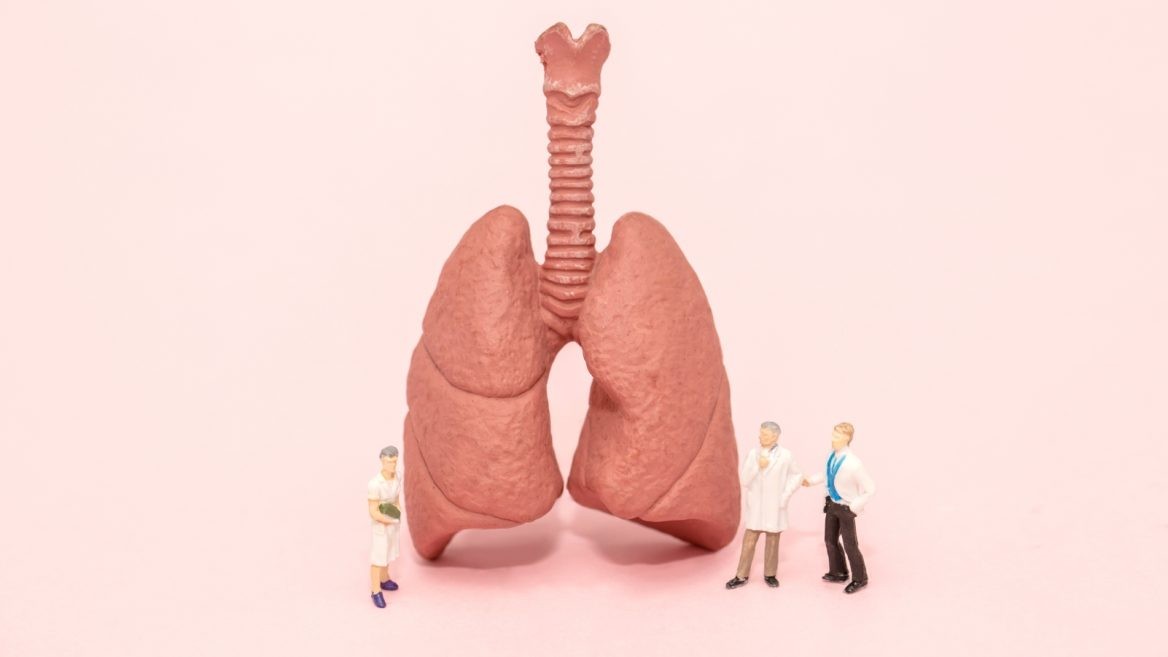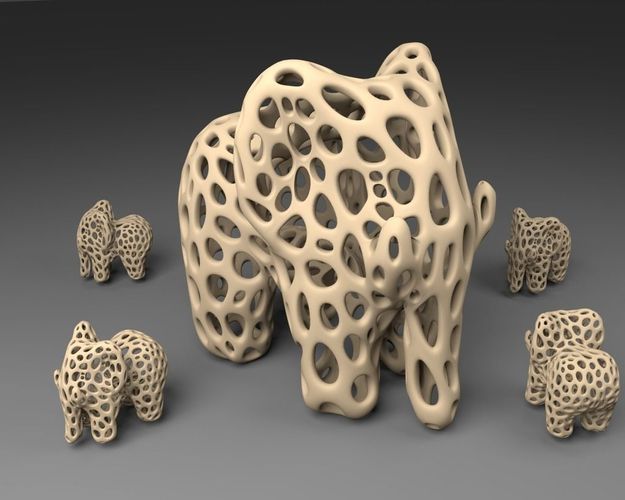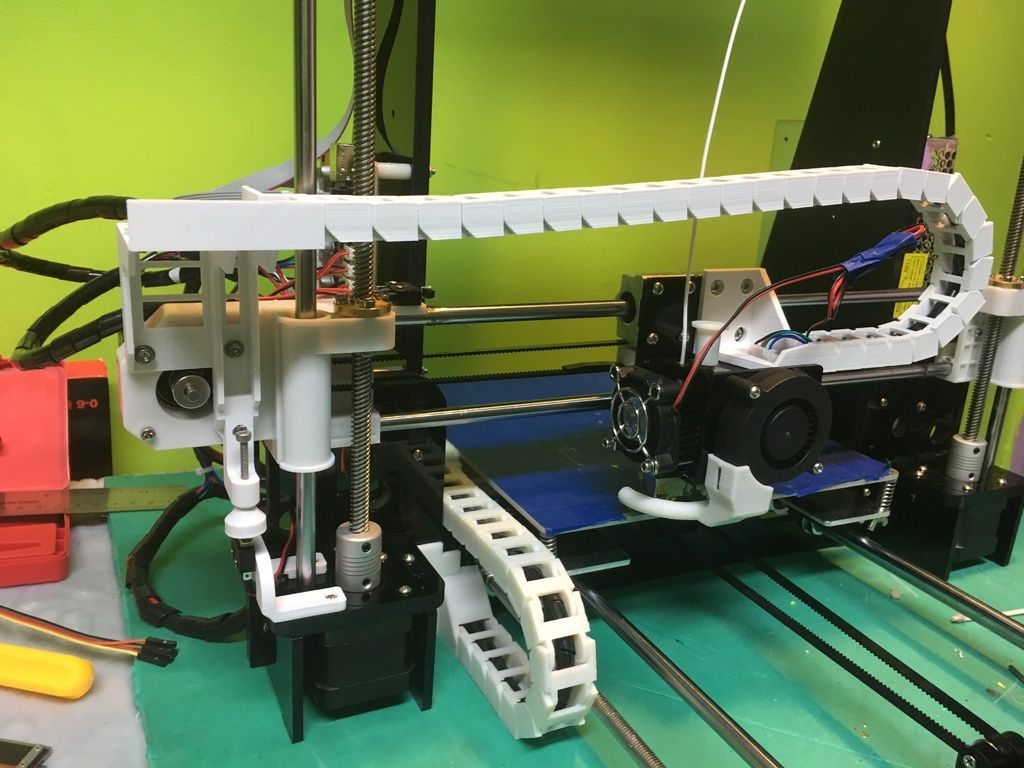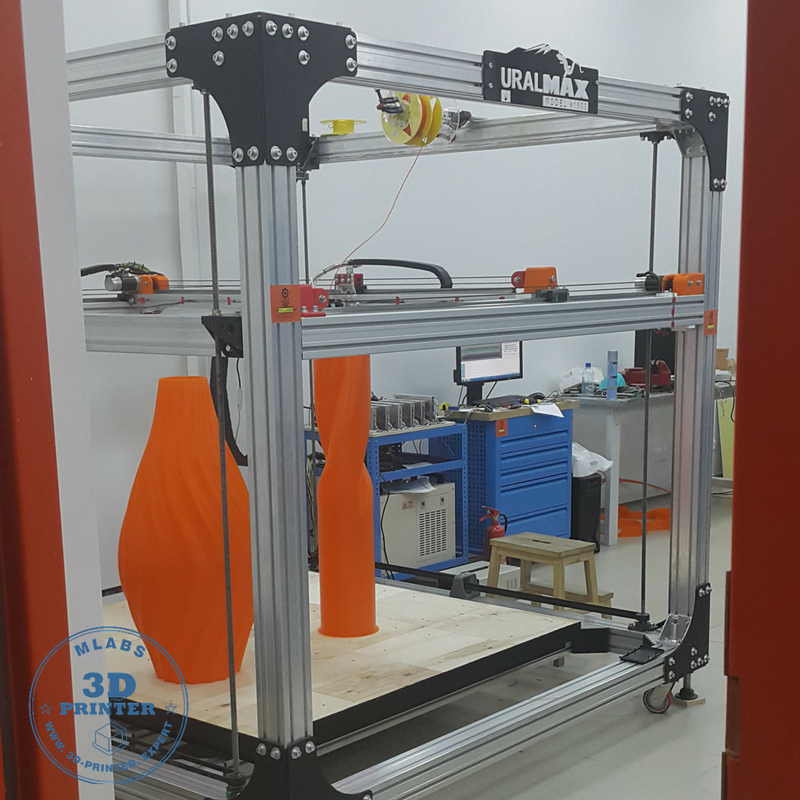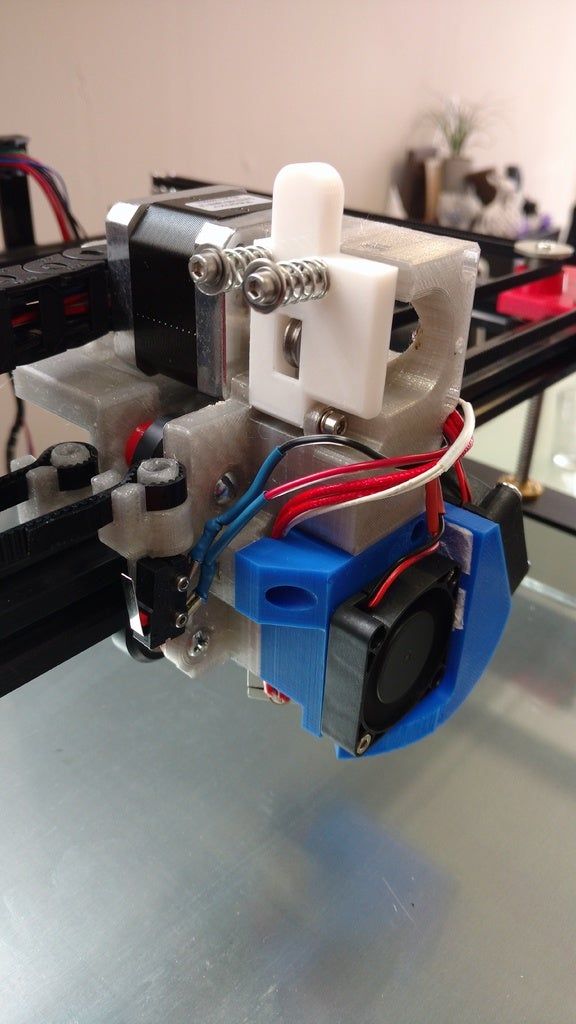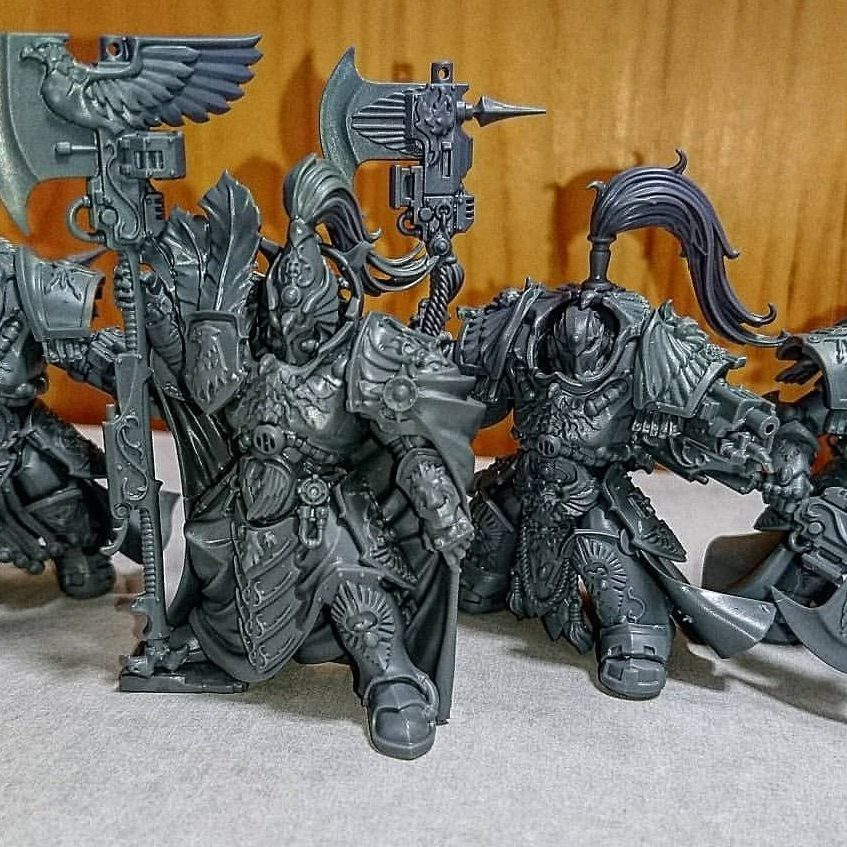3D printing lungs
3D Systems and United Therapeutics Unveil 3D Printed Lung Scaffold
3D printing news News 3D Systems and United Therapeutics Unveil 3D Printed Lung Scaffold
Published on June 16, 2022 by Clemens M.
In a collaboration between United Therapeutics and 3D Systems, researchers have succeeded in developing a complex 3D-printed human lung scaffold. The lung scaffold was unveiled at the LIFE ITSELF conference in San Diego and is considered to be the most complex object ever created using additive manufacturing. The lung scaffolds, which have already been animal tested, are planned to be made in the future with the patient’s own stem cells.
Lately, you’ve probably heard a lot about the various applications of bioprinting. This new form of 3D printing using living cells is becoming increasingly important in medicine. For example, a surgeon in the USA has recently successfully transplanted an ear implant made from human cells. Most famously, it is expected to be able to create fully functional organs for human beings. Though this is not yet possible, steps like this lung scaffold chose the immense advancements which have already happened thanks to 3D printing.
3D printed lung scaffold (photo credits: 3D Systems)
The Structure of the 3D Printed Lung Scaffold
The 3D printed lungs consist of a record 44 trillion individual parts (voxels), which are distributed over 4,000 kilometers (~2500 miles) of lung capillaries and 200 million alveoli. United Therapeutics scientists, therefore, plan to cellularize these 3D printed lung scaffolds with patients’ own stem cells. This method may make it possible to create compatible, transplantable human lungs in the future. By using each patient’s own stem cells, the bioprinted lungs would carry a significantly lower risk of rejection, thus not requiring immunosuppression which can be very dangerous for the patient. The newly developed advanced photopolymer-based bioprinting technology called Print to Perfusion could enable this type of donor organ to be manufactured in as little as three weeks.
According to Dr. Martine Rothblatt, chief executive officer of United Therapeutics, these 3D-sculpted lung scaffolds have already been tested in animal models, which have demonstrated the successful gas exchange of the lung scaffolds. Rothblatt commented, “With the continued hard work of dedicated scientists and engineers at United Therapeutics and 3D Systems, we hope to have these personalized, manufactured lungs cleared for human trials in under five years.”
The goal of the collaboration, she said, is also to create an unlimited supply of transplantable lungs in the future. For example, they would already use a process called ex vivo lung perfusion. This could increase the supply of transplantable lungs by extending the period of viability of human donor lungs by several hours. This method has successfully prolonged over 230 lives to date.
The demand for donor organs is steadily increasing. In 2021, for example, 2,524 patients in the U.S. received a lung transplant, according to the U.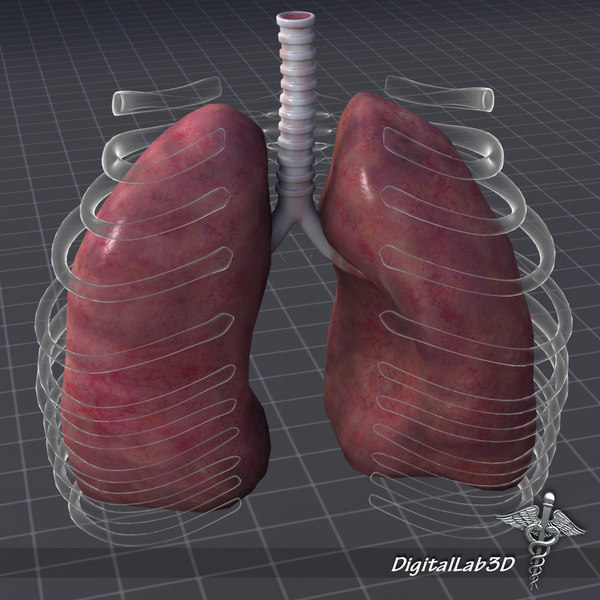 S. Health Resources and Services Administration. As of June 3, 2022, there were also 1,075 patients in the U.S. on the waiting list to receive a donor’s lung. Meanwhile, more than 150,000 Americans die each year from lung disease, including many waiting for a transplant. You can find out more about the project HERE.
S. Health Resources and Services Administration. As of June 3, 2022, there were also 1,075 patients in the U.S. on the waiting list to receive a donor’s lung. Meanwhile, more than 150,000 Americans die each year from lung disease, including many waiting for a transplant. You can find out more about the project HERE.
Do you think 3D printed lung scaffolds could replace human donor organs in the future? Let us know in a comment below or on our Linkedin, Facebook, and Twitter pages! Don’t forget to sign up for our free weekly Newsletter here, the latest 3D printing news straight to your inbox! You can also find all our videos on our YouTube channel.
*Cover Photo Credits: yodiyim/Fotolia
United Therapeutics creates 3D printed lung scaffold
United Therapeutics Corporation said it has – in partnership with 3D Systems Corporation – produced the world’s most complex 3D-printed object, a human lung scaffold.
The human lung scaffold was demonstrated at the LIFE ITSELF Conference, held recently in San Diego, Cal.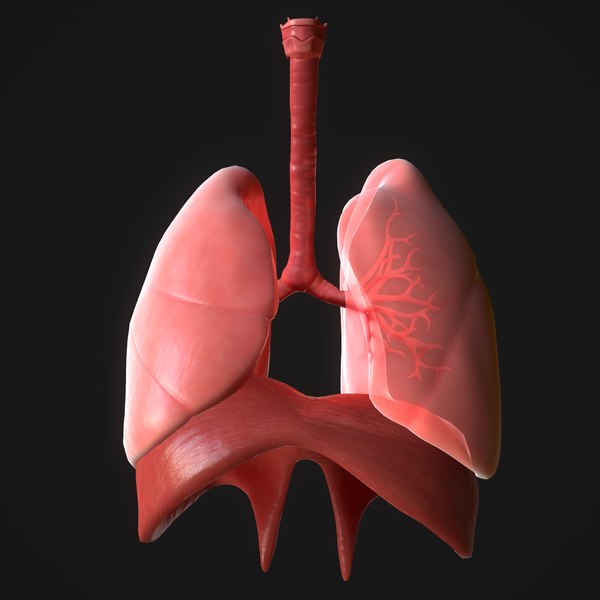
Martine Rothblatt, United Therapeutics’ chairperson and CEO, and Chuck Hull, 3D Systems’ co-founder, executive vice president, and chief technology officer for regenerative medicine, explained to conference attendees that these 3D-printable lung scaffold designs consisted of a record 44 trillion voxels (similar to a 3D pixel) that lay out 4,000 kilometers of pulmonary capillaries and 200 million alveoli.
Scientists at the US-headquartered United Therapeutics plan to cellularize the 3D-printed scaffolds with a patient’s own stem cells to create tolerable, transplantable human lungs that should not require immunosuppression to prevent rejection.
“Last week, it was exciting to show the public our 3D-printed human lung scaffold, but we’re thrilled to share that our 3D-printed lung scaffolds are now demonstrating gas exchange in animal models. We are regularly printing lung scaffolds as accurately as driving across the United States and not deviating from a course by more than the width of a human hair,” Rothblatt said.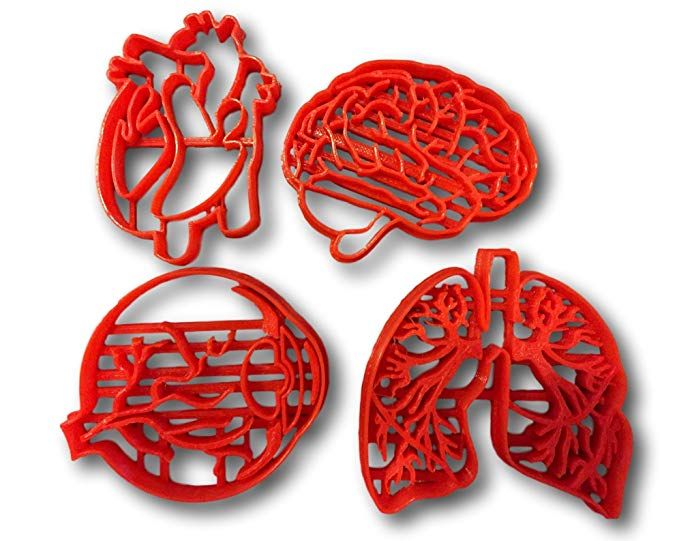
She added the goal is to have personalized, manufactured lungs cleared for human trials in less than five years.
Content continues below
Related Content
Rothblatt added, “Our goal is to create an unlimited supply of transplantable lungs in the future. Even today, we are using a process called ex-vivo lung perfusion to add to the supply of transplantable lungs by extending by several hours the period of assessment and viability for human donor lungs, resulting in over 230 lives extended to date.”
Lung transplants
According to the U.S. Health Resources and Services Administration, 2,524 patients in the U.S. received a lung transplant in 2021 and there are 1,075 patients on the U.S. lung transplant waiting list as of June 3, 2022. More than 150,000 Americans die from lung disease each year.
Hull said: “The reveal at LIFE ITSELF represents the culmination of our efforts with United Therapeutics that includes not only 3D-printed lungs, but two additional organs under development, kidneys and livers.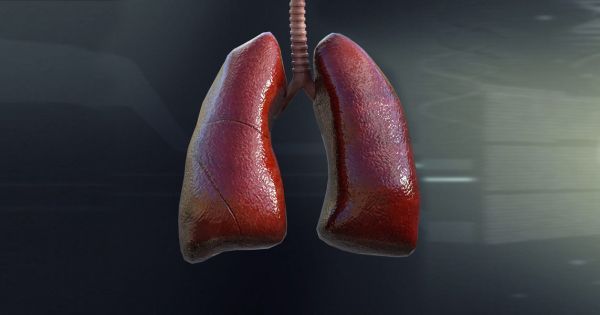 These lung designs can be printed in as little as three weeks using our latest advanced photopolymer-based bioprinting technology we call Print to Perfusion.”
These lung designs can be printed in as little as three weeks using our latest advanced photopolymer-based bioprinting technology we call Print to Perfusion.”
United Therapeutics
United Therapeutics is the first publicly traded biotech or pharmaceutical company to take the form of a public benefit corporation.
Its mission is to find a cure for pulmonary arterial hypertension and other life-threatening diseases. The company has received U.S. Food and Drug Administration (FDA) approval for five medicines to date.
Last month, the FDA approved the company’s Tyvaso DPI (treprostinil) inhalation powder. This is used treating pulmonary arterial hypertension and pulmonary hypertension associated with interstitial lung disease to improve exercise ability. Tyvaso DPI is the only dry powder inhaler approved by the FDA for use in these conditions.
Content continues below
Related Content
The use of 3D printing isn’t new, although bioprinting is a growing category. According to Mordor Intelligence, the global 3D bioprinting market was valued at $724.2M in 2020, but is expected to reach $2.4B by 2026.
According to Mordor Intelligence, the global 3D bioprinting market was valued at $724.2M in 2020, but is expected to reach $2.4B by 2026.
Cover image: Shutterstock
3D Printed Lungs: Human Trials Over Five Years
Biotech company United Therapies has just revealed to the public its roadmap to build what it calls "the world's most complex 3D printed object." Frame for the lungs (framework in technical jargon). A lung that could become the standard for transplants in the future.
And according to the company, it may not be very far away. United Therapeutics and 3D Systems, a 3D printer manufacturer, have already made a lung scaffold that can be used in animal models. The next steps include generating them from patients' stem cells to make them portable and transplantable human lungs. nine0005
Five years from now
Dr. Martin Rothblatt , President and CEO of United Therapeutics, is very pleased. “Our lung scaffolds show that they can work, and we can make them with incredible speed and precision: compared to design, the final product can deviate by the size of a human hair.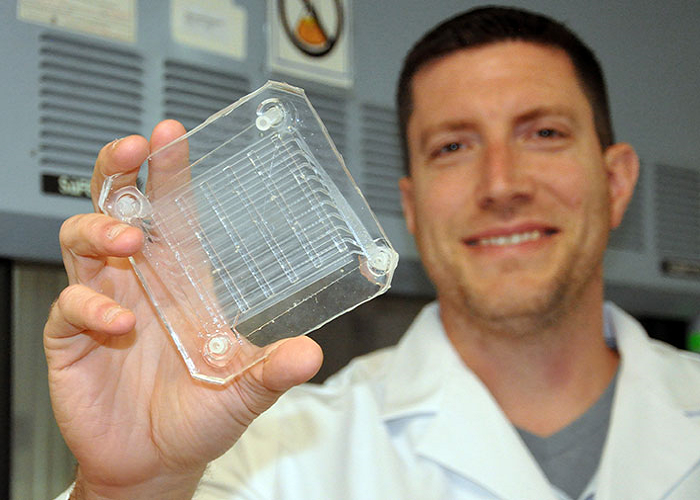 ”
”
"Through the hard work of dedicated scientists and engineers, we hope to have approval to test these custom printed lungs in less than five years." nine0005 Human vascular model created using 3D Systems' Print to Perfusion process. Image via United Therapeutics.
3D printed lung scaffold
For many years, 3D Systems and United Therapeutics have been working on developing their process called Printing in Perfusion. Un Plan Allow Print high resolution 3D scaffolds that can be perfused with living cells to create tissue. nine0005
This process allows the printing of large, highly detailed, vascularized hydrogel scaffolds that could potentially open up a number of new tissue applications. The huge advances in this technology have caused quite an earthquake.
Investments in regenerative medicine, acquisitions of companies related to 3D printing and bioprinting, and other initiatives allowed us to come to the first unexpected result.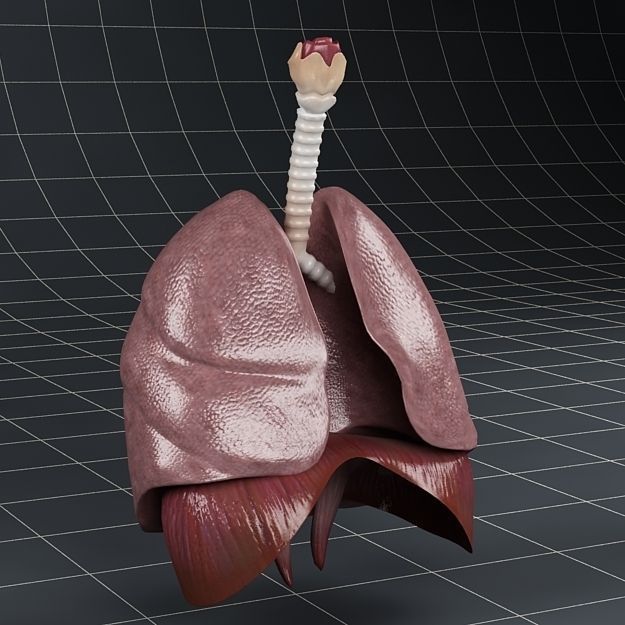 Creating an "air pocket" that can function like a lung in animal models is a milestone. nine0005 Air pocket simulating lungs, 3D printed from water-based gel. Image via 3D systems
Creating an "air pocket" that can function like a lung in animal models is a milestone. nine0005 Air pocket simulating lungs, 3D printed from water-based gel. Image via 3D systems
Printed lungs: human clinical trial over five years
A 3D printed lung scaffold that can replace lungs for transplantation is an all-time record. 44 trillion voxels are distributed to form the shape of 4,000 km of pulmonary capillaries and 200 million alveoli. Time will make these structures nearly perfect, and it is no coincidence that both companies are already developing other organs such as the kidneys and liver. nine0005
With bioprinting techniques, if this technology were already widespread today, a bioprinted lung could be produced in less than three weeks.
Can you imagine how much faster it will work in just 5 years, when hopefully it will be safe enough for human testing?
An unlimited supply of lungs
Obtaining an infinite number of organs in a short time that does not require immunosuppression and does not cause rejection will be a real breakthrough.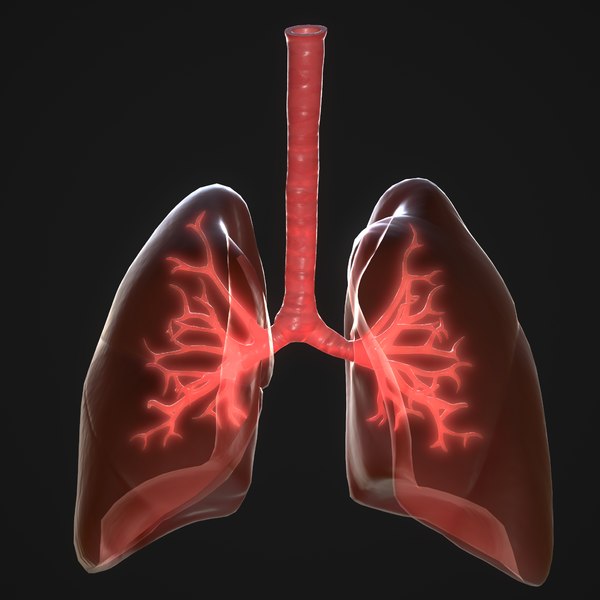 nine0005
nine0005
Clinical trials (marked year: 2027) will be the first step towards the future of 3D printed organs made from the patient's own cells, safe and fully transplantable.
3d printed human lungs | 3dbot.ru: 3d printing technologies
Earlier this year, 3D Systems announced that they would step up their efforts in the field of bioprinting, in particular, they intend to continue to cooperate with United Therapeutics and their subsidiary Lung Biotechnology for the production of printed organ scaffolds. nine0005
3D Systems has been working with United Therapeutics for some time and much of their work has been focused on developing printing systems and processes for organ scaffolds. It would seem that the main platform used here was the 3D Systems Figure 4 system, combined with various proprietary bioinks.
In 2020, it was announced that companies have successfully demonstrated the high micron-level printing speed required for vascularization (required to maintain living cells).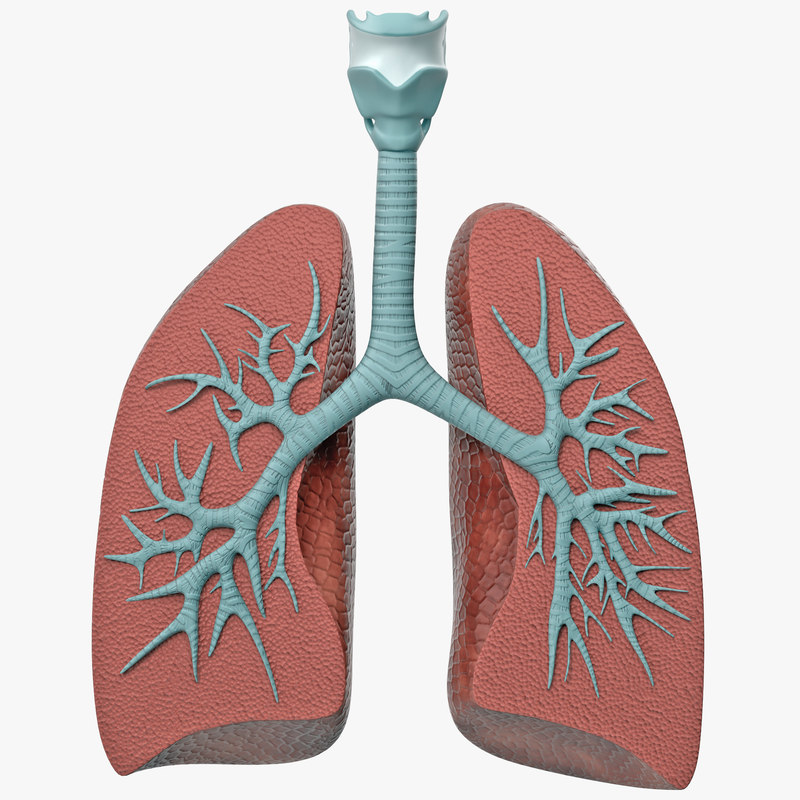 In addition, they have made significant changes to the formulation of the material using the unique rhCollagen. nine0005
In addition, they have made significant changes to the formulation of the material using the unique rhCollagen. nine0005
Research will help open up opportunities in regenerative medicine, including the development of applications for non-solid organs that require biologically stable vasculature (blood vessels).
This includes the use of special materials and an optimized process to rapidly create high resolution hydrogel scaffolds that can be perfused with living cells to create tissues.
“We have brought a team together between the two companies,” Chuck Hull, CTO of 3D Systems, told Forbes. nine0005
“There was a lot to think about. We chose to print the scaffolds with hydrogels because the body is mostly water, but that meant printing a material that is sticky and soft. We are used to printing on hard plastic. Once we figured this out, we realized that cells needed to grow somewhere. This meant printing in great detail to provide space for the cells to live. But printing smaller sizes at higher resolutions slows the process down, so we needed faster print speeds. nine0005
nine0005
It has taken the last three years to figure these things out and there is still clinical trials and regulatory work to be done, but on the technological side of the scaffold itself, I would say we could implement it now.”
United Therapeutics has a “development pipeline” on their website showing the milestones they hope to achieve with this process.
They plan to start by developing technologies such as inhaled trepostinil devices (to relieve pulmonary arterial hypertension) in the short term. Manufactured organs are likely to help along this path of drug discovery. nine0005
In the medium term, they say they will develop other inhalation technologies for the treatment of lung diseases and move towards the production of xeno-organs (made from porcine organ scaffolds) such as xeno-kidneys, xeno-hearts and lungs.
The long-term goal seems to be to create a transplantable lung pair for use in patients with advanced lung disease, with a printed scaffold and perfused with either allogeneic or patient cells.